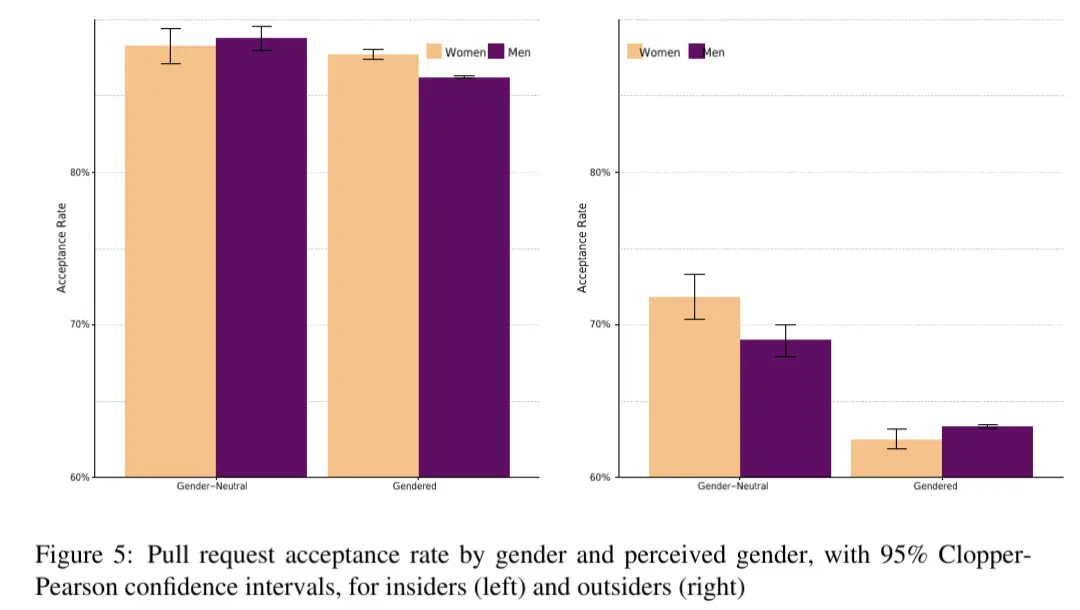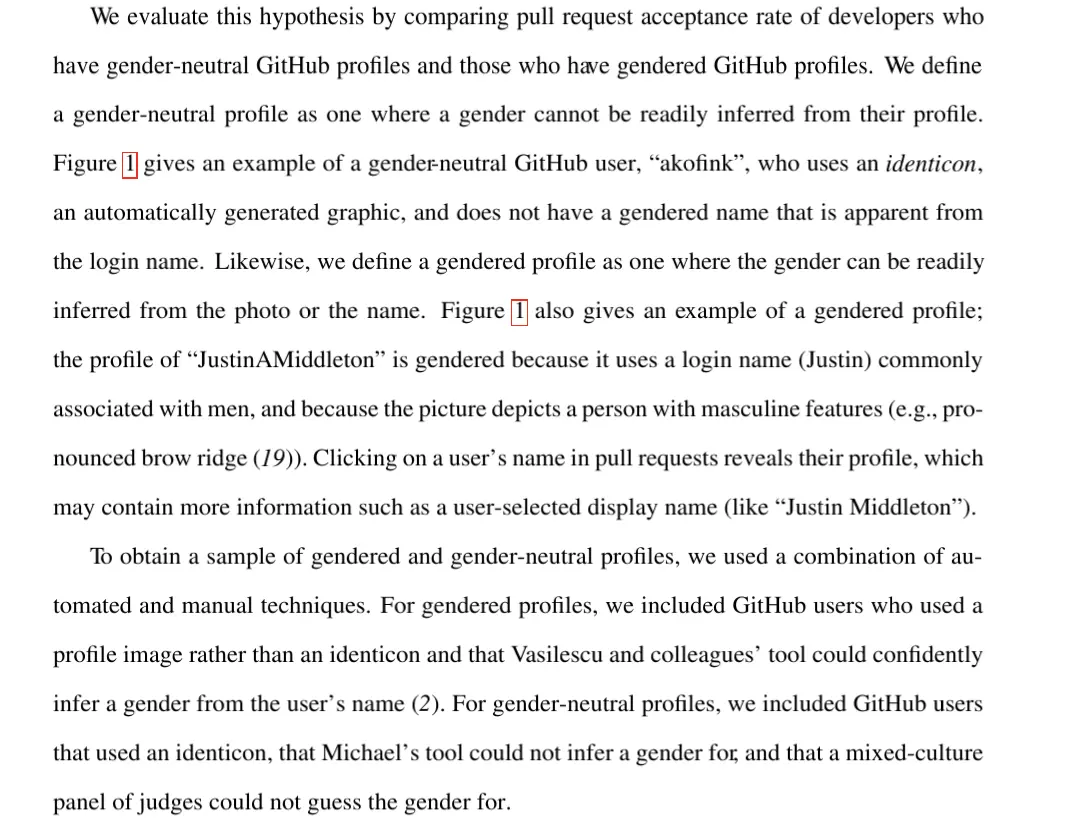

Not sure if I’d want to pull his daughter into this mess but in general answering with an equally faked video would be a genius marketing stunt. Maybe a video where Elon writes ‘I must not share manipulated videos’ to a chalk board like Bart in the Simpsons.




From my perspective that’s just a rebranding. I dived there years ago and already there it was protected for much longer.
https://www.hellocanaryislands.com/nature-spaces/el-hierro/mar-de-las-calmas-marine-reserve/